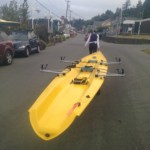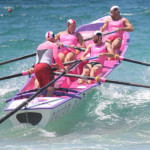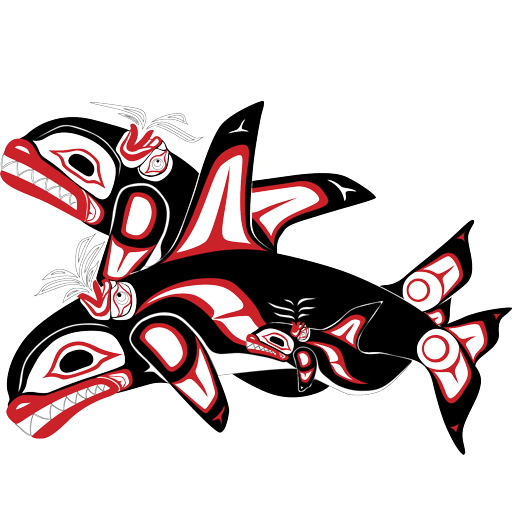Reason to Row...
Social

Rowing is a very social sport. Many clubs or rowing facilities have a clubhouse where members can meet to train together and socialise. Clubs may also host social events as part of fund raising activities, so it really is a great environment to meet new people.
Rowing promotes teamwork and camaraderie not just for rowers but for all club members and volunteers who work together to make rowing the vibrant community that it is today.
Adventure

Rowing provides many different forms of adventure, whether it is exploring new waterways that you would never be able to experience by land, or trying to outrace a whale as you try coastal rowing. There is certainly plenty to satisfy the curious or daring.
Health

Whatever form of rowing you try, it is a great way to stay physically active or develop your fitness even further. Rowing works nearly all of the muscles in your body so it is a very efficient work-out; It can be one of the most physically demanding sports… if that’s what you want out of it!
Competition

From personal challenges, ocean crossings, and fund-raisers to regattas, heads and international competition – there are so many ways to enjoy rowing.
Types of Rowing...
Sliding Seat


A single racing shell.

Coastal rowing double with solo (single).

Adaptive Rowing Shell

Offshore: Next stop – Alaska! (Colin Angus)

A recreational quad.

Ocean rowing.
Fixed Seat

Fixed seat rowing takes place in traditional, wide boats with fixed seats that can be rowed on different bodies of water from a quiet cottage lake to crashing Australian surf. Sliding seat rowing only appeared in the mid 1800s and it is estimated that fixed seat type rowing has been in existence since 3000BC.
Other

Rowing differs from paddling in that the oar in a rowing boat pivots around a fixed point. Paddles are not connected to the boat and move freely. Thus boats such as a gondola is a rowing boat in that the oar rests in a “forcola” during the stroke. There are a variety of other rowing boats in the Far East.
